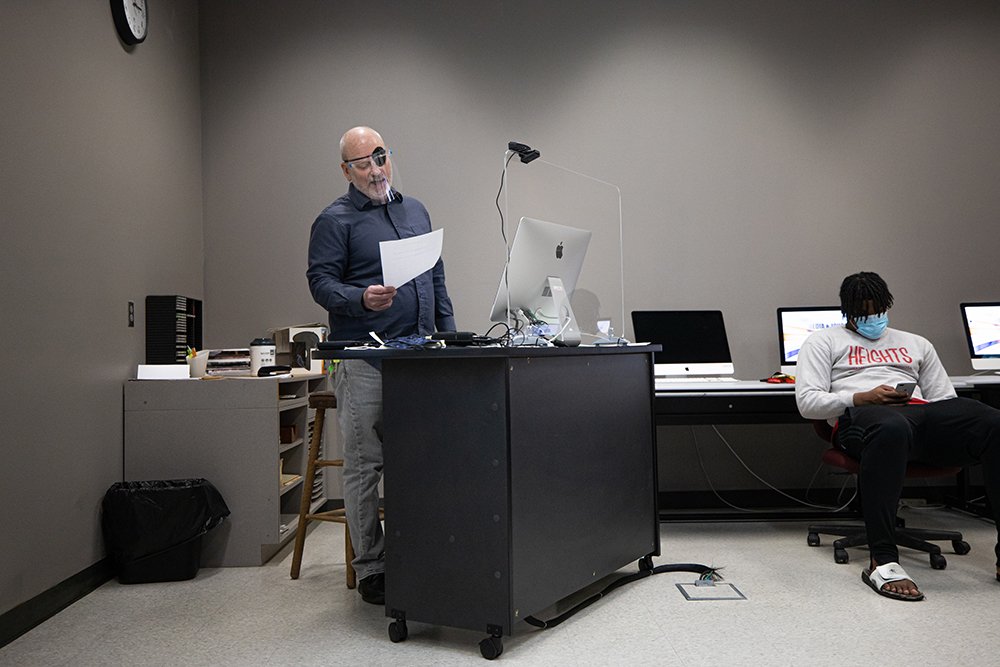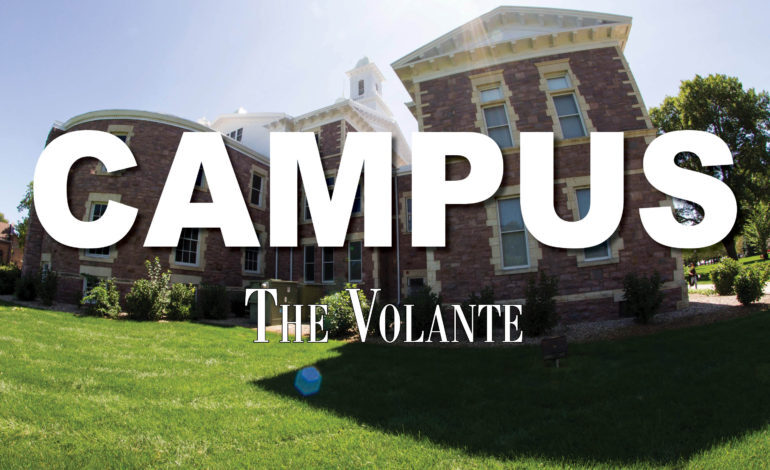Delegates learn about drug dogs through demonstration
By Kate Finley
The drug dog demonstration proved to be a real treat for the Girls State delegates in attendance Thursday.
The South Dakota Highway Patrol brought in a drug-detecting dog to present the facts behind the drug-detecting process.
buy furosemide online https://www.bodybuildingestore.com/wp-content/languages/new/engl/furosemide.html no prescription
Officer Trent Heuertz has been a Highway Patrolman for fourteen years and a police service dog handler for the past six years. His drug dog, Zeke, has been serving with him for five years.
Zeke is a specifically bred Belgian Malinois. The Malinois is bred zvdprimarily as a working dog for personal protection, detection, police work and search and rescue.
“My dog is a narcotics detection dog or drug dog,” Heuertz said. “He’s trained to detect five different odors: marijuana, cocaine, methamphetamine, heroin and mushrooms.”
Drug dogs are usually bought with the money from drug busts from previous fieldwork, he explained. Untrained drug dogs run at a price from 7,000 to 8,000 dollars and are usually purchased from other countries like Poland, Czechoslovakia and Germany.
South Dakota has a total of thirteen dogs stationed throughout the state. Twelve of the thirteen are drug dogs, while the other one is a bomb-detecting dog.
“Our bomb detecting dog is training to detect twenty-two different odors of explosives and is now stationed in Pierre,” he said.
Officer Heuertz only says commands in German since that is the language Zeke is more likely to understand, coming from Poland.
“We try to stick to the language of where they are from,” Heuertz said.
He explained the training process of the dogs as well as the specifications of some of the dogs. As Officer Heuertz presented Zeke to the audience, he began explaining the meaning of a couple German command words as well as commanding Zeke to search.
Placed on the stage were three boxes that Zeke immediately began sniffing. One of the three boxes contained a toy laced with the scent of marijuana.
Zeke quickly rejected the first two boxes, but once he reached the third, he abruptly stopped and began staring at the box. He was able to locate the correct box for many reasons. He was trained through simple repetition of fetch and drug-laced toys.
Zeke also has an extremely effective sense of smell in which he can decipher hidden smells from others.
“The dogs have an unbelievable nose. If you come into a room and the air flows just right, the dog can probably pick up on the drug odor I brought in
today. If you’re out in an open parking lot, he can pick up on drug odor inside of a vehicle, two rows over, in a parking lot,” Heuertz said.
The delegates present asked questions throughout the presentation and learned a few things in the process.
“The coolest thing I heard is that (the dog) can pick up on literally anything, and that he can pick out individual scents which I thought that really neat,” said Samantha Burgi, St. Paul.
Others were also awed by the dog’s sense of smell.
“I thought it was really interesting how the dog had the ability to pick up one scent out of many,” said Allison Weber, Boston.
(Photo: Officer Trent Heuertz, with the South Dakota Highway Patrol presents on the drug-detecting process in Aalf’s Auditorium. Kate Finley / Sacajawea Scroll)



